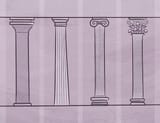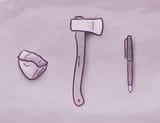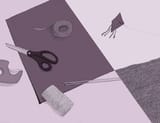
Autolayout
I’ve had a love-hate relationship with grid systems over the years. Every system I try to standardize on becomes bloated, forgotten, or yesterday’s news. I find myself constantly switching to the next best thing. What follows isn’t a proclamation that this new system is the best, or that you should drop everything and switch. Instead, allow me to walk you through my grid system evolution so that we may all learn from it.








